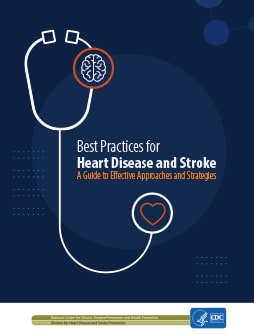Guides
CDC’s Division for Heart Disease and Stroke Prevention developed guides to support employers, program and evaluation managers, health professionals, pharmacists, and community health workers in their heart disease and stroke prevention efforts.

